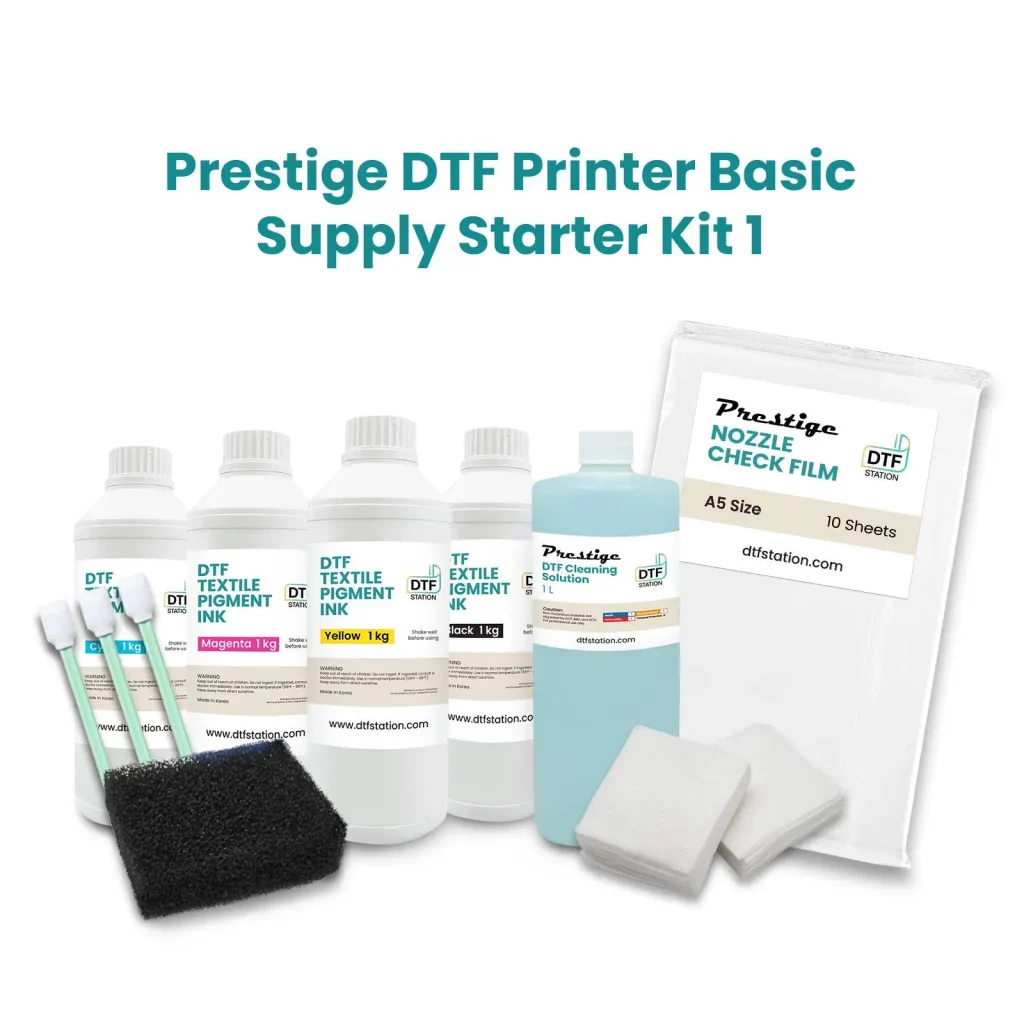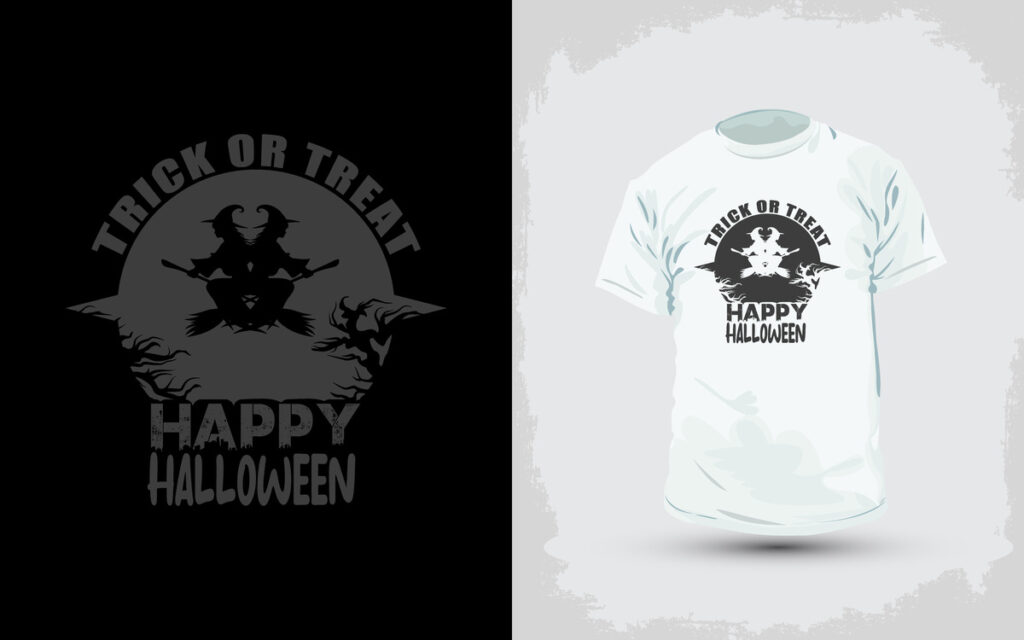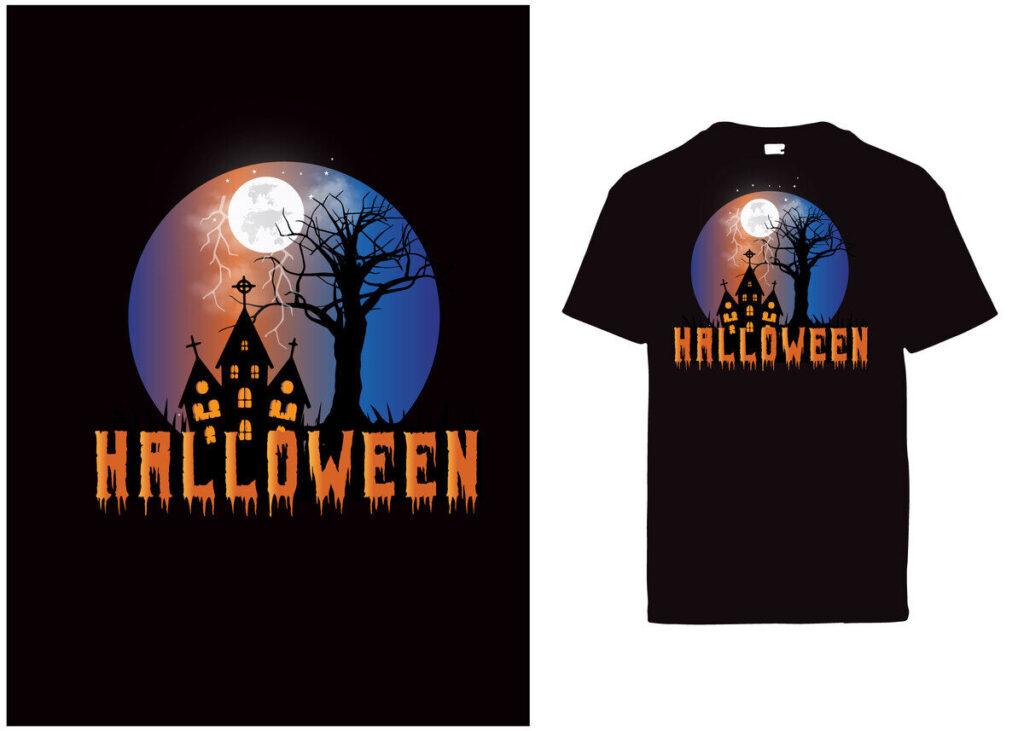DTF supplies play a pivotal role in transforming the garment decoration scene with their innovative technology. As Direct-to-Film printing has surged in popularity, understanding the essential DTF supplies is crucial for any aspiring printer ensuring success in this vibrant marketplace. From DTF transfer films to specialized inks, each component contributes to achieving high-quality, eye-catching prints on various fabrics. Additionally, the right heat press for DTF is vital for ensuring that designs adhere perfectly and maintain their brilliance over time. In this overview, we will delve into the key supplies necessary for mastering DTF printing, along with current market trends that are shaping the future of this artistic endeavor.
The realm of Direct-to-Film technology has opened up new avenues for custom printing enthusiasts and professionals alike. Recognized for its versatility, this method allows vibrant designs to seamlessly transfer onto a variety of textiles. Understanding the different materials and tools used in this printing method—such as films, eco-friendly inks, and suitable heat pressing machines—will empower creators to unleash their artistic potential. As the demand for personalized apparel surges, optimizing your inventory with high-quality DTF printing essentials becomes not only strategic but essential for standing out in a competitive market. The growing trend of these specialized supplies signals a future where creativity and technology harmoniously coexist.
Understanding the Essentials of DTF Printing Supplies
When diving into the world of Direct-to-Film (DTF) printing, it’s essential to grasp the foundational supplies that drive the process. At the forefront are DTF transfer films, which are specifically designed to hold ink and withstand the heat transfer process onto fabrics. These films come in various types to accommodate both light and dark textiles, ensuring versatility in design application. Whether for a light cotton shirt or a dark synthetic hoodie, selecting the right transfer film lays the groundwork for vibrant, long-lasting prints.
Equally important are DTF inks, particularly water-based formulations that allow for rich color application without the harsh chemicals found in some traditional inks. These inks interact symbiotically with the transfer films, ensuring a cohesive transfer onto garments. The choice of inks can affect not only the aesthetic quality of the designs but also their durability after repeated washes. As sustainability becomes a priority in the apparel industry, eco-friendly DTF inks offer printers a greener pathway to achieving high-quality results.
Heat Press Machines: The Heart of DTF Printing
A reliable heat press machine is critical for any DTF printing operation. This vital piece of equipment ensures that the printed design adheres properly to the fabric through uniform heat and pressure. For successful transfer, look for heat presses that feature adjustable temperature and time settings—a capability that allows for precise control over the transfer process to avoid burning the film or undercooking the transfer. High-rated models like the Hotronix or Fancierstudio can make a significant difference in the outcome of your prints.
Moreover, certain heat presses are designed with capabilities specific to DTF processes, including capabilities for temperature accuracy and pressure consistency. Investing in a high-quality heat press not only improves production efficiency but also reduces the risk of printing defects. The right heat press ensures that each design is not just transferred, but seamlessly bonded to the fabric, providing long-lasting results that keep your clients satisfied.
The Role of DTF Inks in the Printing Process
Choosing DTF inks is a crucial step in ensuring quality prints. These inks are specifically formulated for compatibility with DTF transfer films, resulting in excellent color vibrancy and adherence. Their water-based composition also marks a shift towards more environmentally friendly printing practices, catering to the growing market demand for sustainable options. The right kind of DTF inks can elevate your designs, offering vibrant hues that stand out on any material.
Additionally, DTF inks must interact correctly with heat and pressure during the transfer process. Not all inks are created equal; thus, investing in high-quality products can minimize problems such as fading or cracking after washing. New advancements in DTF ink technology are constantly emerging, providing even more options for printers aiming for longevity and color accuracy in their designs. Staying informed about these developments can help businesses keep their competitive edge in the garment industry.
Exploring DTF Transfer Films: Quality Matters
DTF transfer films are pivotal to the printing process, allowing vibrant designs to be transferred onto various fabrics. These films, coated with a specialized adhesive layer, are designed to bond with both light and dark textiles, facilitating a smoother transfer. The quality of transfer films directly influences the final result, with poor quality films potentially leading to peeling and faded designs. Therefore, selecting reputable brands that provide high-quality DTF transfer films is essential for achieving professional outcomes.
In addition to performance, the choice of transfer films should also consider application versatility. Different projects may require specific types of films, particularly if working with varied fabric types. By understanding the characteristics of each film—such as thickness, opacity, and adhesion strength—printers can better match their supplies to client needs, enhancing satisfaction and repeat business.
The Importance of Additional Adhesives in DTF Printing
While DTF transfer films provide a fundamental adhesive support during the transfer, additional adhesives can reinforce durability, especially for designs subjected to frequent washing. Utilizing extra adhesive solutions can significantly enhance print longevity, particularly for high-wash environments. By applying these additional adhesives, print providers can ensure that their designs withstand the test of time, satisfying their customers with enduring quality.
Moreover, the use of additional adhesives allows for greater creative freedom, enabling printers to experiment with various fabrics and washing conditions without sacrificing quality. Many suppliers now offer various adhesive options specifically tailored for DTF processes, allowing businesses to effectively cater to diverse market needs. By integrating these adhesives into the production process, printers can elevate their offerings, setting themselves apart in a competitive marketplace.
Current Trends in the DTF Printing Market
The DTF printing market is currently witnessing significant growth, driven largely by heightened interest in customization within the fashion industry. With brand identity becoming increasingly linked to unique designs, the demand for DTF printing supplies is surging. Suppliers are responding by broadening their offerings, introducing comprehensive kits that provide all necessary materials for novices, making it more accessible to new entrants in the market.
Emerging trends also reflect advancements in technological solutions, with innovations leading to improved supply efficiency and cost-effectiveness in production. As competition intensifies, businesses that leverage these trends and equip themselves with high-quality DTF supplies are likely to gain a substantial advantage. Understanding and adapting to these changing market dynamics can help printers not only meet current demands but also anticipate future needs.
Frequently Asked Questions
What are the essential DTF printing supplies needed for successful printing?
To achieve successful DTF printing, essential supplies include high-quality DTF transfer films, DTF inks, specially modified printers, reliable heat presses, and additional adhesives for enhanced durability. Each of these components plays a crucial role in delivering vibrant prints and ensuring smooth transfer to fabrics.
How do DTF transfer films work in Direct-to-Film printing?
DTF transfer films work by allowing designs printed with DTF inks to adhere to them through a special adhesive layer. During the heat press process, the film transfers the ink onto the fabric, creating a durable and vibrant image that lasts through multiple washes.
What types of DTF inks are available for use in DTF printing?
DTF inks are typically water-based and formulated specifically for use with transfer films. There are various types available, including eco-friendly options that minimize environmental impact. Choosing high-quality inks is crucial for achieving bright colors and long-lasting prints.
Can I use any printer for DTF printing, or do I need a specific model?
Not all printers are suitable for DTF printing. It’s important to choose printers that are specifically modified for DTF technology, such as the Epson SureColor series, to ensure they can handle DTF inks and deliver optimal results.
What is the role of a heat press for DTF in the printing process?
A heat press for DTF is essential for effectively transferring designs from the DTF transfer film onto garments. It must have adjustable temperature and time settings to ensure even heat distribution, which helps achieve a perfect transfer.
What market trends are currently shaping the demand for DTF supplies?
Current market trends in DTF supplies are driven by the increasing demand for customization in the fashion industry and efficient short-run production options. Suppliers are expanding their offerings, including all-in-one kits for beginners, making DTF printing more accessible.
| Key Component | Description | Importance |
|---|---|---|
| Transfer Films | High-quality films that feature a special adhesive layer for effective ink transfer during heat application. | Essential for achieving successful prints and suited for various fabric types. |
| Inks | Water-based inks specifically formulated for DTF printing that produce vibrant and durable prints. | Critical for ensuring high-quality, eco-friendly prints that are sustainable. |
| Printers | Models specially modified for DTF, such as the Epson SureColor series, that optimize print quality. | Needed to ensure compatibility with DTF inks and films for optimal output. |
| Heat Presses | Reliable presses that can maintain adjustable temperature and time settings for effective transfers. | Critical for ensuring even heat distribution for quality design transfers. |
| Additional Adhesives | Options that reinforce durability, especially in high-wash environments, to enhance printed design longevity. | Improve overall quality and customer satisfaction by extending the lifespan of the prints. |
Summary
DTF supplies are essential tools that empower printers to create vibrant, long-lasting designs on garments. As the demand for customization and efficiency in the fashion industry continues to rise, understanding the core components of DTF printing becomes critical for success. This innovative technology not only offers versatility in fabric application but also enables businesses to meet the growing consumer demand for personalized apparel. With the right transfer films, inks, printers, heat presses, and additional adhesives, print providers can enhance their operational efficiency and deliver superior quality products. Embracing the advancements and trends in DTF supplies positions businesses to thrive in the ever-evolving landscape of garment decoration.



